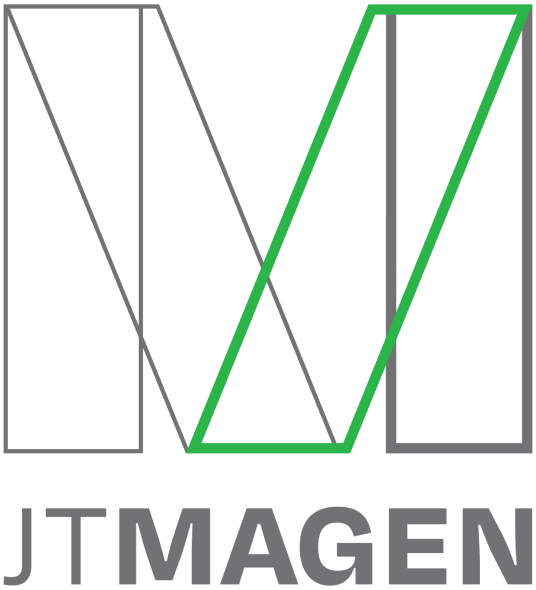As we all know, the pandemic amplified the need for people to be able work from home. But people must also work from home in the same way they can work in the office. In other words, people need to be able to access all of their files and the same applications that they use in the office. Their applications must not lose functionality and cannot work slower or inefficiently. So what is a firm to do?
While firms have traditionally turned to remote access, it comes with limitations. There are different remote access solutions, but they all generally work similarly. The user installs software on the computer they want to remote to, as well as the computer or mobile device they want to remote from. Once installed, the user opens the app and connects to their computer in the office. Remote access, however, has its limitations:
- The office must have power and computer must be on. The computer that the user is connecting to must be on. If the office has a loss of power or a computer shuts down, someone must be physically in the office to turn all of the computers back on. A natural disaster, where the office’s power or internet may be down for hours or even days, renders a remote access platform temporarily useless.
- Remote access technologies are only as good as the network they are being used on. If a user’s home network is only marginally secured – such as with a weak password or no antivirus – then this leaves an access path to the firm’s data vulnerable.
- Connection quality. If the user has a weak Wi-Fi signal, the remote desktop connection will also be slow. Accessing files and applications becomes unwieldy and productivity suffers.
- Virtual Private Networks (VPNs) and other lower-cost methods, such as LogMeIn or GoToMyPC were never designed for long-term or continual use. When too many people log in simultaneously, the system may get too crowded and work slowly or even crash.
- Access to files and applications. In many remote access platforms, like Citrix or Terminal Server, users only have access to a limited number of applications that have been enabled and configured by the IT administrator. When working remotely, users are unable to access files on their desktop and resources or special plug-ins they may have downloaded, thereby reducing productivity.
- Putting a remote access system in place requires financial resources, in addition to hardware, and software. Maintaining the system requires training, support, and human capital. It is a costly endeavor.
- Backup and Business Continuity. With a remote access platform, firms still need to purchase, maintain, and test separate backup and business continuity technologies.
Remote access was built to enable you to infrequently log in to your office, but that is no longer a practical solution in today’s work from anywhere world. Better solutions exist today to enable people to work securely from any location, exactly as they do in the office.
If you are interested in learning about a better alternative to remote access solutions, consider Boxtop to move your entire IT to the cloud. Gain all the benefits of cloud and never buy another remote access technology again. Learn more and request your free trial of Boxtop.








